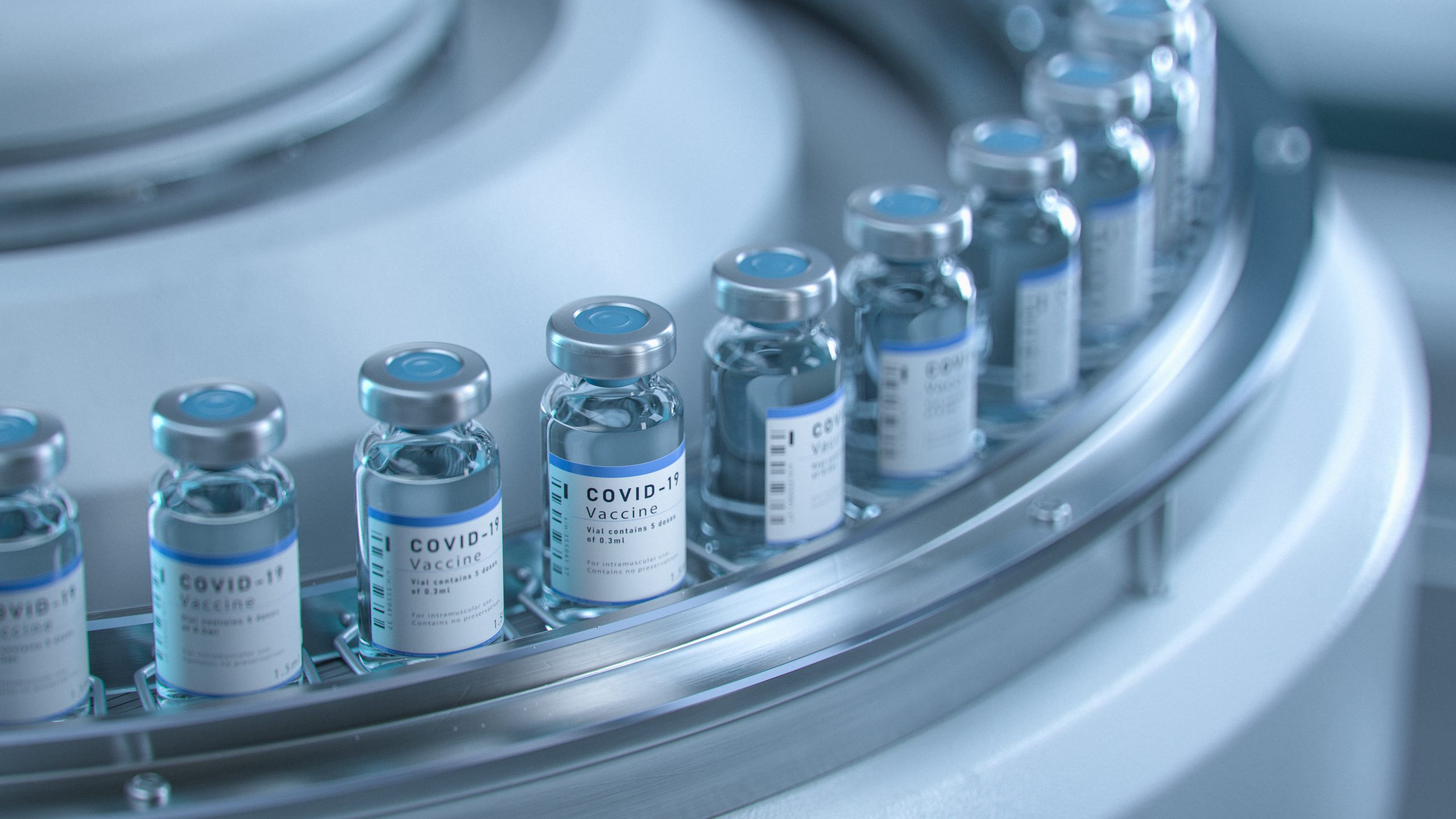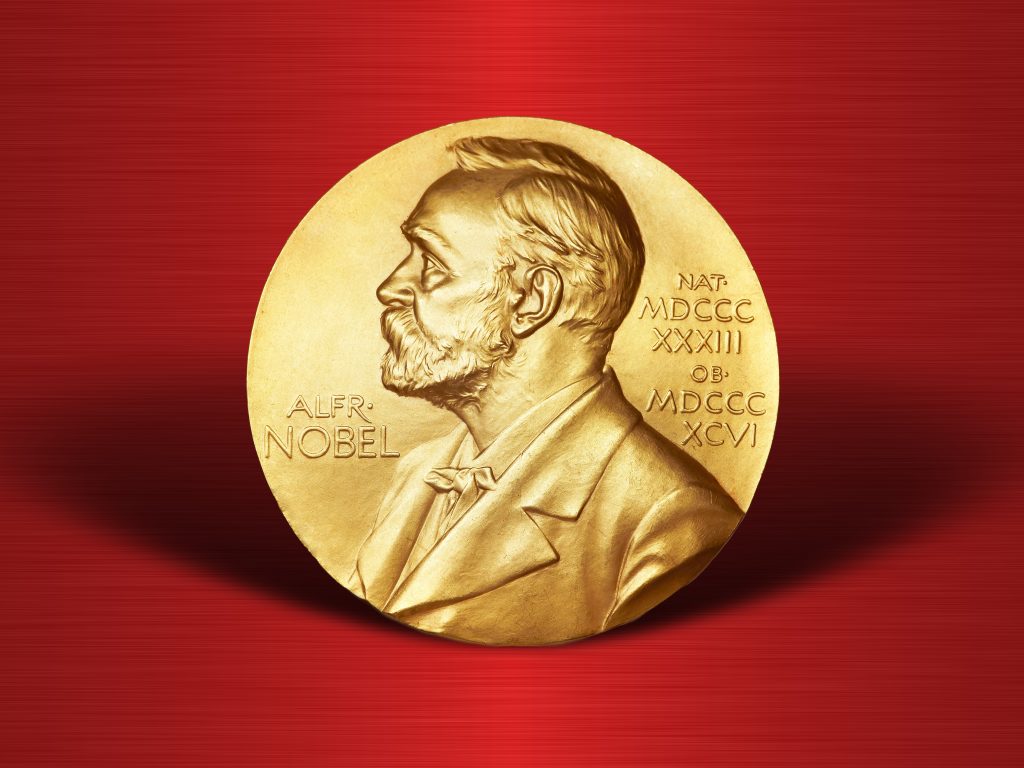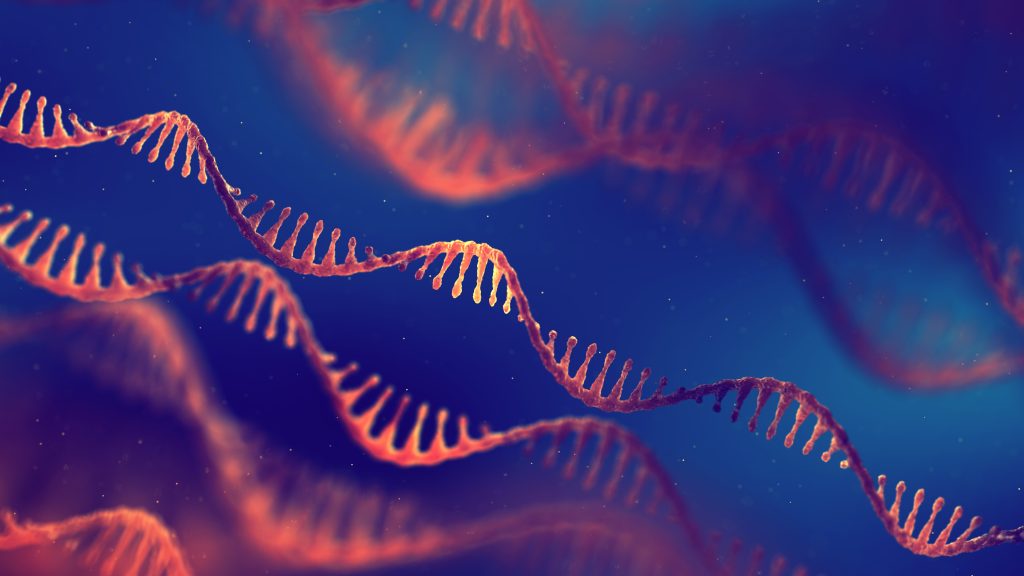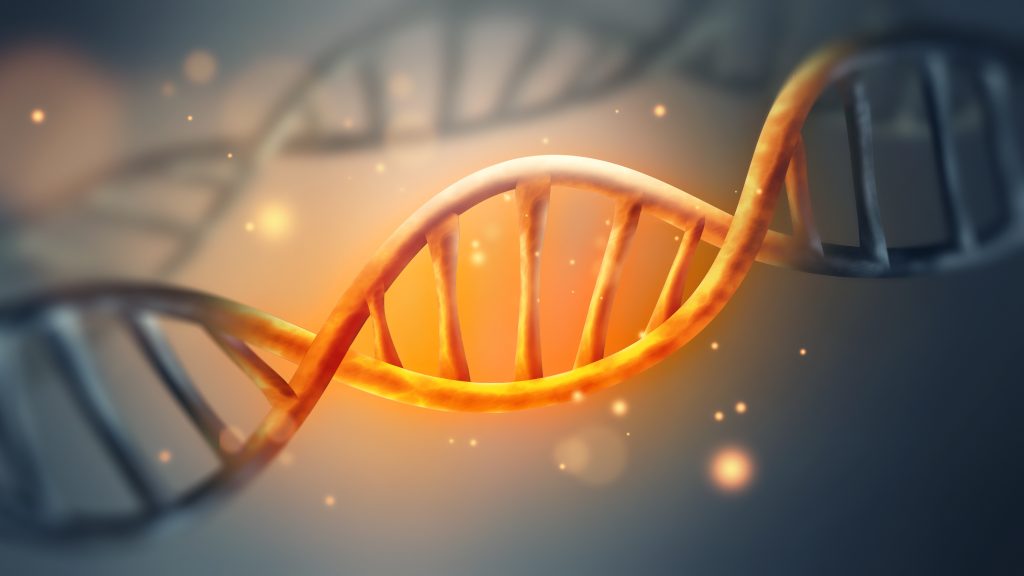
The impact of the COVID-19 pandemic on the research interest in RNA therapy is undeniable. The rapid development of potent messenger RNA (mRNA)-based vaccines to prevent serious diseases caused by the SARS-CoV-2 virus has reignited interest from research groups and investors alike to explore the potential of RNA therapy to treat a wide array of diseases1. Following more than 30 years of research in the field of RNA and the recent awarding of a Nobel Prize in Physiology or Medicine to Professors Katalin Kariko and Drew Weissman2, the resulting recognition combined with the success of the COVID-19 vaccines may precipitate a slew of new RNA therapies directed towards diseases previously deemed incurable by conventional drug groups. RNA-based drugs can be classified into four groups based on their structural characteristics and mechanisms of action, namely antisense oligonucleotides, small interfering RNAs (siRNAs), RNA aptamers and mRNAs3. To ensure the brevity of this article, a more in-depth explanation of the types of RNA-based drugs described herein can be found here4.
What effect could a Nobel Prize have?
It has been hypothesised that a Nobel Prize awarded in a given research area can secure the reputation of a research field, along with increased interest and funding, and draw the attention of next-generation scientists5. RNA therapy may witness this effect, which may persist beyond the high-profile exposure lent to mRNA vaccines due to the COVID-19 pandemic. Fields that win Nobel Prizes draw more power and funds than those that do not, which may prompt further breakthroughs in RNA therapies6. While it may be too early to observe the effect of the most recent Nobel Prize award on the field of RNA therapy, there are indications that it may experience an uptick in investment and research activity.
Nobel Prizes are often awarded with significant lag time after the scientific discovery, especially for prizes related to the natural science disciplines7. However, a prize can indicate continued interest in a research area, for example, the 2020 Nobel Prize in Chemistry awarded to Emmanuelle Charpentier and Jennifer Doudna for the development of a method for genome editing (through CRISPR)8. The 2020 winners first published their winning research in 20129, and their discovery has since become a mainstay of molecular biology and genetic engineering. Kariko and Weissman’s key publications of 2005, 2008 and 201010 11 12 underpinned the technology of the mRNA SARS-CoV-2 vaccines developed in 2020, and without continued interest in mRNA technology, we would not have seen such rapid development of those vaccines. This continued interest in mRNA technology can be seen in the various RNA therapies still in the pipeline, alongside the development of mRNA vaccines.
Insights from the RNA therapy pipeline
As of July 2023, there are currently 24 RNA therapies globally approved for clinical use13. Continued success at the regulatory stage indicates the efficacy and importance of these therapies. Of the 24 approved therapies, a third represent COVID-19 mRNA vaccines, showing the importance of the coronavirus pandemic in the field of RNA therapy.
Furthermore, as of July 2023, there are 1,002 RNA therapies in development, ranging from preclinical through pre-registration, with most treatments in the preclinical phase14. This represents a 24% increase from the previous year, when there were 806 RNA therapies in development as of July 202215. Among the RNA therapies in the pipeline, mRNA and RNA interference (RNAi) remain the preferred RNA modalities for research. Antisense and oligonucleotide therapies follow respectively in prevalence. A healthy level of interest in RNA therapies is matched by continued funding to push these therapies through the development pipeline. As the number of RNA therapies in the development pipeline continues to rise, we can also expect to see an increase in the number of patent applications in this field.
The importance of Intellectual Property in RNA therapy
When attempting to obtain an effective granted patent for an RNA therapy, careful consideration of the nature of the therapy, its delivery and manufacture is necessary. Navigating patent law exclusions is crucial due to the nature of these challenges. As a result, the level of protection offered by patents in this area may be narrower compared with other fields. While this may not be problematic in a tightly regulated market, companies arriving later may be disadvantaged.
The biotechnology group at GJE are experienced in patenting RNA therapies, advising both innovative biotech companies and investors. To discuss your biotech IP strategy, please contact us at biotech@gje.com.
- RNA therapy: Rich history, various applications and unlimited future prospects | Experimental & Molecular Medicine (nature.com) ↩︎
- Press release: The Nobel Prize in Physiology or Medicine 2023 – NobelPrize.org ↩︎
- RNA-based therapeutics: An overview and prospectus | Cell Death & Disease (nature.com) ↩︎
- RNA Therapy: Current status and future potential – PMC (nih.gov) ↩︎
- The benefits of Nobel Prizes | Nature Physics ↩︎
- Work honoured by Nobel prizes clusters heavily in a few scientific fields | PLOS ONE ↩︎
- The Nobel Prize time gap | Humanities and Social Sciences Communications (nature.com) ↩︎
- The Nobel Prize in Chemistry 2020 ↩︎
- A programmable dual-RNA-guided DNA endonuclease in adaptive bacterial immunity – PubMed (nih.gov) ↩︎
- Karikó, K., Buckstein, M., Ni, H. and Weissman, D. Suppression of RNA Recognition by Toll-like Receptors: The impact of nucleoside modification and the evolutionary origin of RNA. Immunity 23, 165–175 (2005). ↩︎
- Karikó, K., Muramatsu, H., Welsh, F.A., Ludwig, J., Kato, H., Akira, S. and Weissman, D. Incorporation of pseudouridine into mRNA yields superior nonimmunogenic vector with increased translational capacity and biological stability. Mol Ther 16, 1,833–1,840 (2008). ↩︎
- Anderson, B.R., Muramatsu, H., Nallagatla, S.R., Bevilacqua, P.C., Sansing, L.H., Weissman, D. and Karikó, K. Incorporation of pseudouridine into mRNA enhances translation by diminishing PKR activation. Nucleic Acids Res. 38, 5,884–5,892 (2010). ↩︎
- asgct-citeline-q2-2023-report.aspx ↩︎
- asgct-citeline-q2-2023-report.aspx ↩︎
- Cell, Gene, & RNA Therapy Landscape (asgct.org) ↩︎





